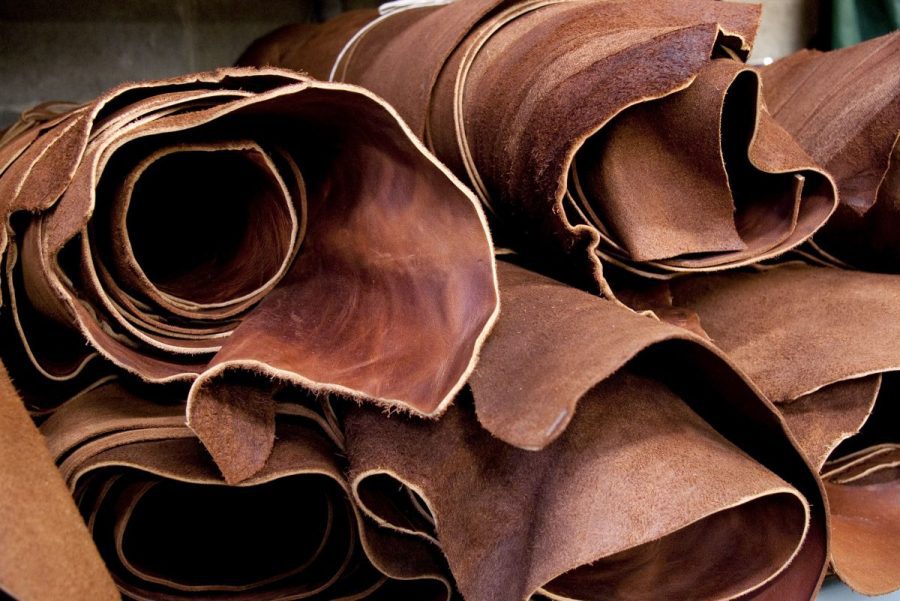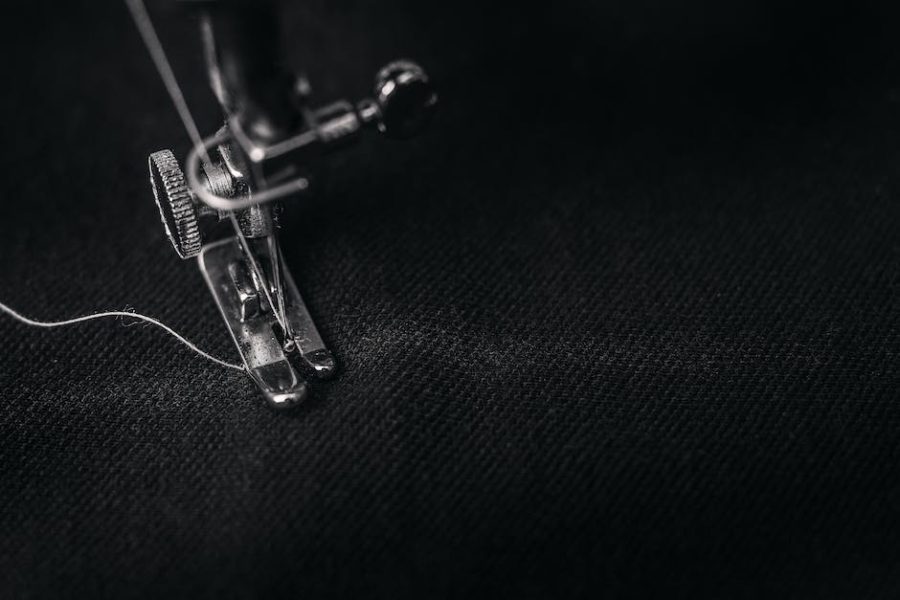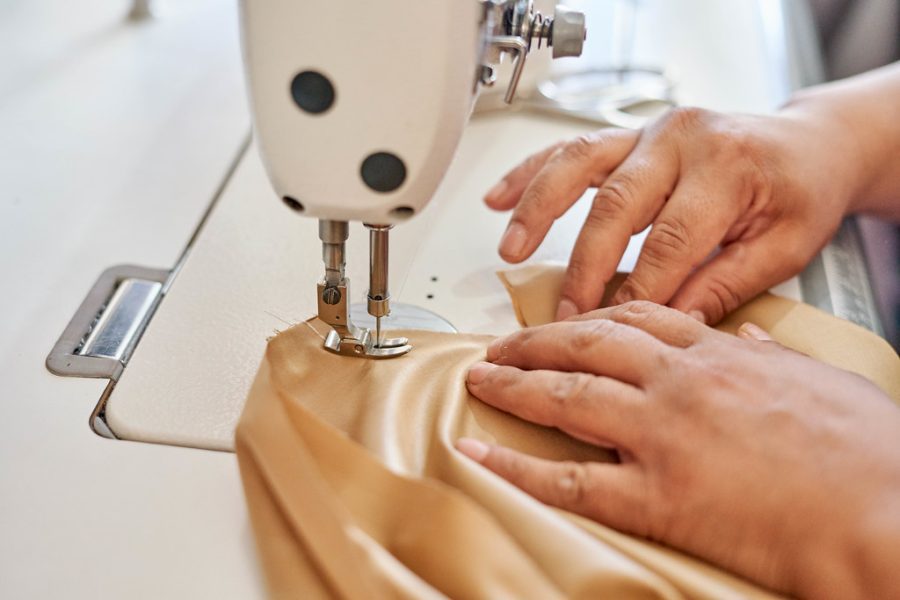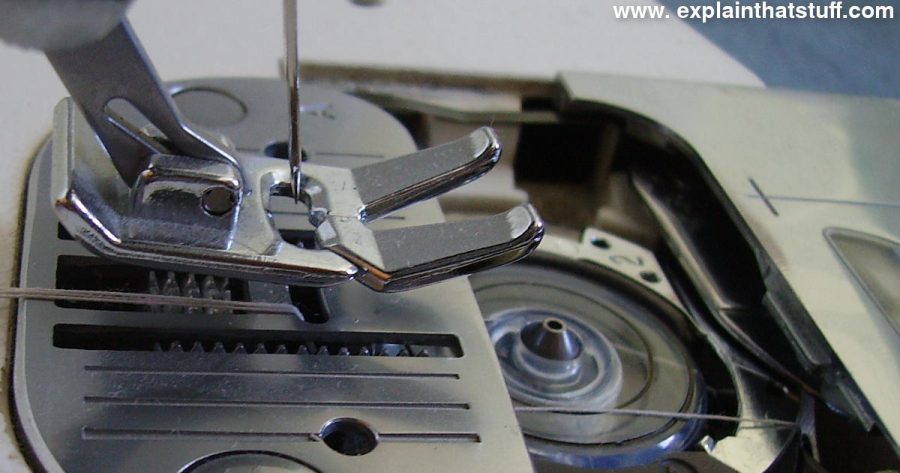Introduction
Leather sewing is a valuable skill for anyone interested in creating or repairing leather items. From garments
and accessories to home decor and upholstery, sewing leather can add a touch of class and durability to your
creations. However, working with leather requires some specific knowledge and techniques due to its unique
characteristics.
Tools and Materials
Before starting a leather sewing project, it is essential to gather the necessary tools and materials. Here are
some common items you will need:
- A sewing machine capable of handling heavy-duty materials and leather needles
- Leather pieces or scraps
- Threads specifically designed for leatherwork (such as nylon or polyester)
- Sharp scissors or a rotary cutter
- A cutting mat
- Tape measure or ruler
- Leather glue
- An awl or leather punch for creating stitching holes
- Clips or clothespins for securing pieces together
- Pins or clips for pattern placement

Essential tools for leather sewing
Preparing the Leather
Unlike fabric, leather cannot be easily pinned together without leaving permanent marks. Therefore, it is
crucial to use clips or clothespins to hold the pieces together during sewing. Additionally, leather requires
specific marking techniques. Instead of using regular marking tools, which may not show up on leather, you can
use tailor’s chalk or specialized leather marking tools to mark your patterns or stitch lines.
Sewing Techniques
When sewing leather, it is essential to use the right needle and thread. Leather needles have a sharp point and
a larger eye to accommodate heavier threads. Threads designed for leatherwork are stronger and more durable
compared to regular sewing threads.
Before starting your project, it is advisable to test your sewing machine’s settings on a scrap piece of
leather to ensure proper tension. Adjust the stitch length and tension as needed to achieve clean and secure
stitches.

Leather sewing using a machine
Finishing Touches
Once you have completed sewing your leather project, you may want to consider finishing touches to enhance its
appearance and longevity. Applying leather conditioner or wax can help protect the leather and give it a
polished shine. Additionally, you can use edge finishing techniques, such as burnishing or edge paint, to
create a professional-looking edge.
Conclusion
Sewing leather opens up a world of possibilities for creating unique and durable items. With the right tools,
materials, and techniques, you can enjoy the satisfaction of making high-quality leather goods that will last
a lifetime.




